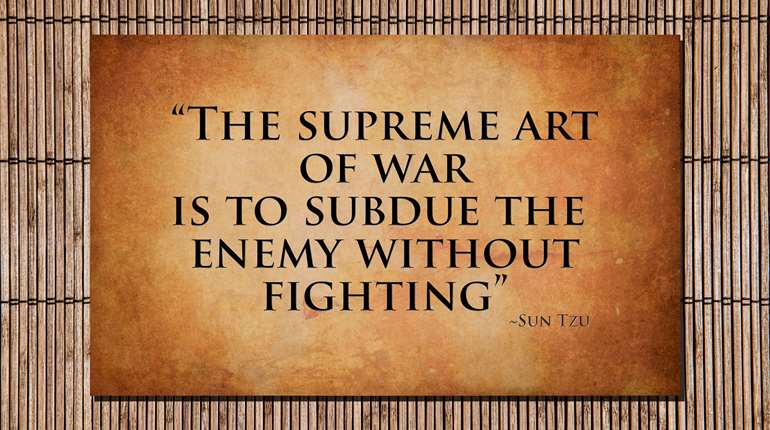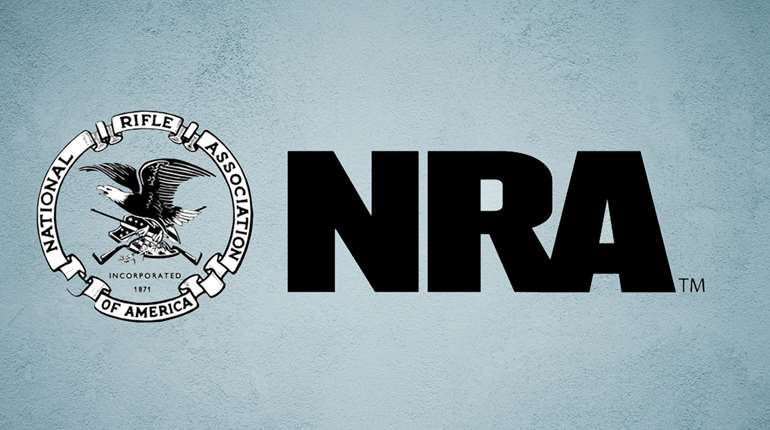
The first time I saw one-handed shooting on TV I was mesmerized! The shooters were so calm and competent. Shooting with two hands is tough enough in a competition, but shooting with just one hand? Now that is impressive.
While some women master one-handed shooting for competition purposes, the most common scenario that would require one-handed shooting is a self-defense situation. Check out these one-handed shooting tips from self-defense expert Fred Mastison, president of Force Options, a professional instructor in the fields of defensive tactics training and firearms.
Self-Defense Situations
You never know when you might find yourself in a self-defensive situation where only one hand is free. Your support hand and arm may be occupied, engaged or unavailable because you are holding a child or other items such as packages or grocery bags. “It’s OK to drop bags, but most ladies will never drop their child, so they will only have one hand available to shoot to defend themselves,” says Mastison.
Packages and children aside, it’s a good idea for women to practice one-handed shooting because most defensive shooting situations occur within close proximity of the victim, leaving no time for a practiced two-handed defensive draw. “Of all the things that could happen,” says Mastison, “in my opinion, having to shoot someone up close happens most often.” And of those, he says, most of them are within arm’s reach. “The criminal is so close, you can reach out and touch them. They are inside your safe space, inside arm’s distance, and you don’t have the opportunity to step back and escape. You may need to present your firearm, and you’re not going to have time to get two hands on that gun.”
In other self-defense situations, where the criminal is farther away, you have the time to do a complete defensive presentation, says Mastison. “You draw the gun, bring the gun up, the hands meld together, you push your gun out, and slowly press the trigger.”

But what if you don’t have time for that? What if a bad guy is literally in your face or has his hands physically on you, then you don’t have the time or room to draw as you normally would? “If that’s the case, you can use your support hand to push them away and draw your gun with your strong hand alone,” says Mastison. “You clear the holster, drop your elbow, and now you’re shooting close quarters. That is one-handed shooting right there.”
Another common situation is when you are walking alongside a loved one. If someone is threatening your life, you need that support arm to sweep that loved one behind you while drawing your firearm. “You want to make sure the innocent person you’re protecting gets out of the way and you get between them and the bad guy or girl,” says Mastison. “I encourage people to grab the innocent person and hold on to them because if gun fire erupts and they don’t know what’s going on, they may run or bolt and endanger themselves even more. It’s important to try to keep your hand on your loved one and hold them there.”
Drawing One-handed
Mastison says that the draw stroke is critical in a one-handed shooting situation. Some people make the mistake of drawing their firearm, then readjusting their grip. “You’ve got to have your fighting grip the minute you touch the gun,” says Mastison, who encourages people to drive their right thumb, if they are right-handed, down the side of the gun as deeply as they can—and reverse if left-handed.
You must also ensure the web of the hand is all the way up on the beavertail, says Mastison. “We don’t want any space in between there because we don’t want a low grip on the gun.” The grip should be nice and high, enabling a smooth, clean, consistent draw. "Draw as high as you can, up near your armpit," he recommends. "Then drop your elbow, which will make the muzzle raise on the pistol. The muzzle will then be on the target.”
If the aggressor is really close, like “bad-breath distance,” Mastison says the technique should be point shooting. “As long as I’m 'putting metal on meat', and I’m aiming at center mass as the target, I’m going to hit my target at that distance. Just focus on hitting center mass, and don’t worry about hitting center mass then moving the gun up to the head.”
If you are hitting your target, keep shooting center mass, and take a step back to better stabilize yourself. But if you’re a few rounds in, and they’re still coming at you, Mastison advises to immediately transition to a head shot if they’re that close. “For all you know, they are full of hate and anger, or maybe they’re on drugs,” he says.
If they are a few yards out, step forward with your strong-sided foot so you will be more stable. Then push your arm out without locking the elbow. Rotate the pistol just a touch to about 11 o’clock, says Mastison, as it will take all the tension out of your shoulder. The gun is more supple and it’s much easier for you to press the trigger smoothly. “If the shoulders are tight and your arm locked out, that gun is going to weave all over the place and it won’t be stable,” he says. "After that, smooth press on the trigger, which should be in the center of the first pad at the tip of your finger.”

It’s also a good idea to practice grip and stance, because with one-handed shooting, you won’t have your support hand helping you. “That gun is going to jump around if you don’t have a good grip,” Mastison says, noting that if there is an active shooter situation and someone is shooting at you or attacking you, there’s not going to be time for proper stance. “I do try to get people to relax their hips,” he says, explaining that if they can do this, the rest of their entire body tends to relax a bit more, allowing them to more easily manage recoil.
Mastison advises his students to do a lot of dry-fire practice to build the muscle memory. It conditions you to be comfortable in a self-defense situation. “In the beginning, it might feel awkward, but the more time you spend on practicing these skills, the better,” he says. “Try for five to 10 minutes of practice a day. Mix it up so you do some draws one day, some one-handed presses one day, and work on support side as well.”
Change Your Mindset
Mastison’s final tip is to put yourself in the proper mindset. “If you find yourself in a defensive firearm situation, you must adopt a gunfighter mindset,” he says. “Somebody who understands the responsibility of what goes in to carrying a gun and also has the willingness and training to exercise their right to protect themselves and their loved ones without hesitation. You must dig deep in to your psyche and ask yourself why you’re carrying a gun. Is it because you’re supposed to, or do you really understand the dark ether that is the underside of human society? Once you embrace that, your mindset will be different.”
In order to help reset his students’ mindset, Mastison sometimes showed videos of people being assaulted. “So often, the people in the video were the victims of random crimes,” he says. “But watching those videos would change who those students were.”
Mastison suggests, as women, we should embrace the reasons why we carry a gun, and that we take full responsibility to protect not only ourselves but our loved ones. “The world is a dangerous place,” he explains, “and by understanding that, we hopefully know that we need to prepare ourselves for potential danger. Our hope and prayer is that it never happens.”















































